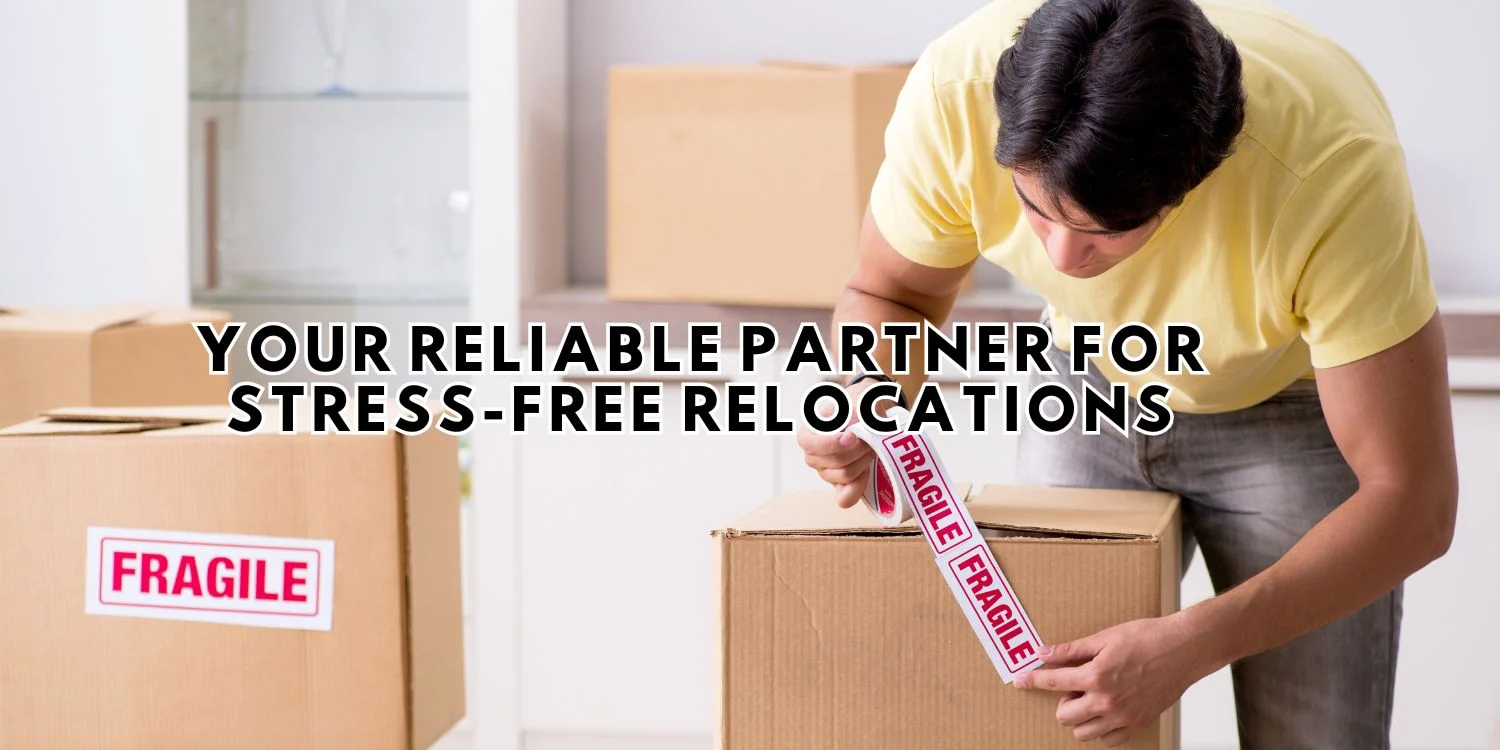Packing fragile items while moving is an important step and one you want to take care of. If you do not pack these items properly, they can easily be damaged in transit and won’t survive the journey to your new home. In this blog, we will shed light on some tips on how you can transport fragile items safely during a long-distance move. Whether you hire long-distance movers, you should keep these tricks in mind. Keep reading the post for detailed information about moving fragile items.
Tips to Transport Fragile Items When Moving
There are a few key things you need to focus on when transitioning your fragile items. Here are some tips on how to transfer your fragile products so that they make it to your new home safe and sound.
Inventory and Valuation
Do not wrap a single piece of china in bubble wrap until you take stock of what you have. Creating a detailed inventory of your fragile products serves multiple purposes. You can keep track of your belongings during the chaos of a move and determine their value for insurance purposes. Have a well-documented list with the valuation of each item as it streamlines the claims process.
Gather Proper Supplies
Ensure to take extra care of delicate items so they don’t get damaged in transit. The materials you need are sturdy boxes as well as some packing paper, bubble wrap, and tape. If you have plenty of good quality packing materials on hand it means you can take as much preventative care as possible. Remember, without internal protection such as bubble wrap or packing peanuts, there is a much greater risk of your items being jostled around and potentially getting broken.
Wrap Them Carefully
How to pack fragile items for moving? Now it’s time to wrap your delicate items carefully. Follow these steps suggested by a long-distance moving company.
- Start by wrapping every fragile item individually using packing paper or bubble wrap. This provides a protective barrier against bumps and vibrations.
- Create a soft cushion by lining the bottom of your boxes with packing peanuts or crumpled packing paper.
- Now place the wrapped items in the box, and add layers of packing material between each item.
- Fill empty spaces in the box with packing peanuts or bubble wrap to ensure there is no movement inside the box.
- Finally, seal the box with strong packing tape and make sure it’s well-sealed to prevent it from accidentally opening during transit.
Dealing with Irreplaceable Antiques and Heirlooms
You need a strategic approach to handle and pack delicate antiques and cherished heirlooms during the move. Explore the below-mentioned materials known for their protective qualities recommended by long-distance moving services
- Acid-free tissue paper is an ideal choice for wrapping delicate textiles, antique clothing, and fabrics, preventing acid migration.
- Use bubble and foam wrap that provide a protective layer to absorb shocks and vibrations during transport.
- Stretch wraps are suitable for covering glass or wood items, extending around corners and edges to establish a protective layer.
- For the utmost protection, especially for expensive antiques, a wooden crate is the outermost layer, it safeguards against abrupt impacts.
Clearly Label Fragile Items
Make sure, each box containing fragile items should be very clearly labeled. Proper labeling can make a significant difference in ensuring the safe transport of belongings. Then place the boxes in a separate area and instruct the moving company to handle them with utmost care. They will take extra care to transit your boxes.
Handle with Care During Loading and Unloading
Do not think that the journey of your fragile items ends with packing. It is important to handle them during loading and unloading as well. Here are some tips:
- Communicate with movers and inform them about the boxes containing fragile items.
- If possible, use dollies and hand trucks to move boxes rather than carrying them by hand as it minimizes the risk of accidental drops.
- Make sure that the items are not stacked haphazardly but rather placed securely to prevent shifting during transit.
- Last but not least, handle fragile product boxes with the utmost care and place them in their designated spot.
Long-distance moving requires lots of planning, but can drastically improve your life if it’s successful. With these tips, you’ll be able to pack, store and transport your delicate belongings with ease.

